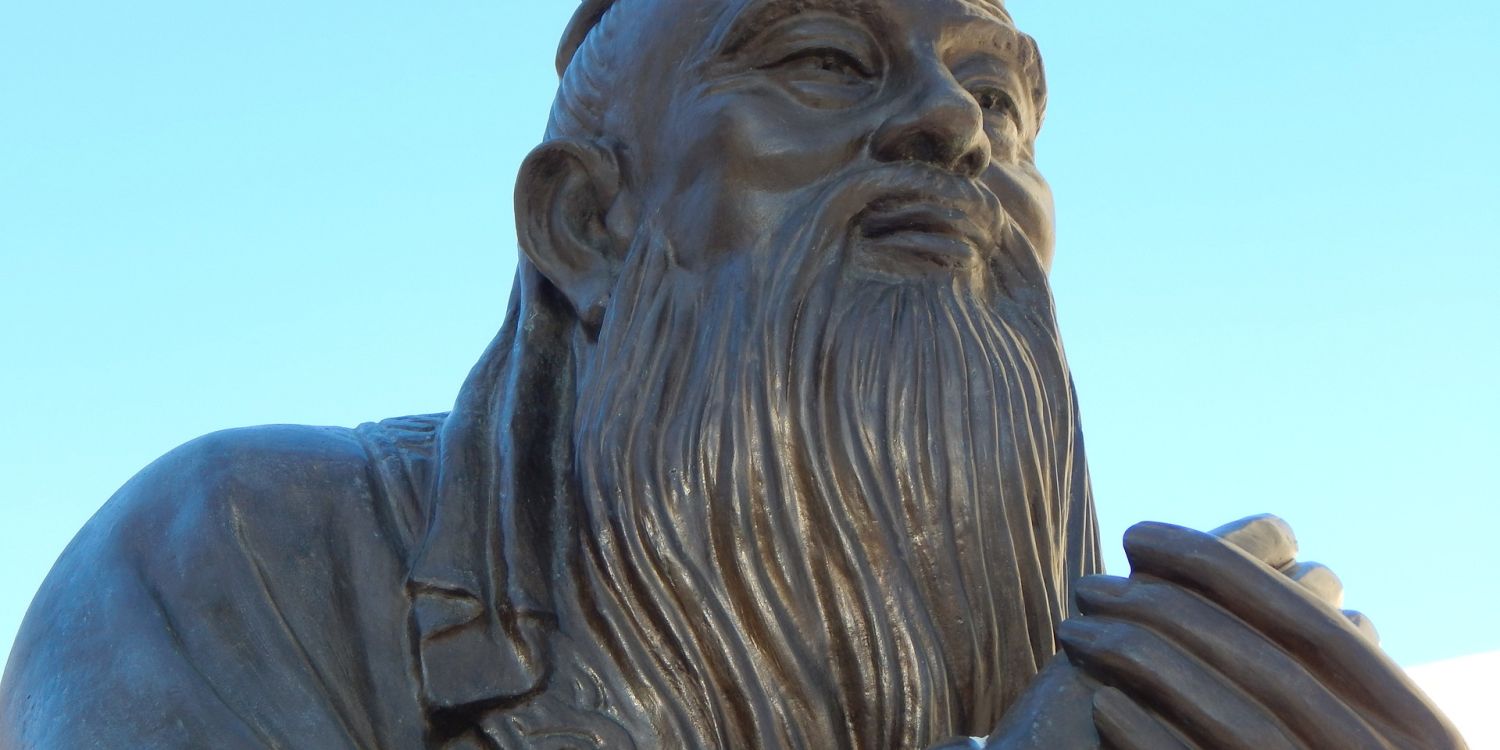
ALM Coffee Party V – Dual Landscape Part 1
The University of ChaRM – a lesson with practical relevance

I love this quote from Confucius because it sums up in a very succinct way what I have seen so often in companies and public authorities: the stubborn preference for the bitter third way, which seems to have a magical attraction.
With this blog series, I hope to inspire following the first or at least the second way.
The path from experience…
We highlighted in one of the previous blogs that a ChaRM implementation means a massive shift in the culture of change management. This new change process must first mature.
With time, with the natural familiarization with the new structured processes, with the joy of discovering new possibilities, not only the mastery of the new procedures and tools grows. New needs are also emerging.
In addition to genuine, unplannable bug fixing (“Detect to Correct“), which we do not take into account here, every company usually has a mixture of smaller enhancements (enhancements as part of “Request to Fulfill“) and larger implementation projects (“Requirement to Deploy“). Unfortunately, these two plannable processes are structured quite differently and there is a risk of incongruent timing of the phases (development, testing, go-live, hypercare).

As undaunted fans of learning through experience, you will want to manage all changes with one and the same transport landscape (development system, test system, production system) for a while, as usual.
With this one landscape, you will try to serve both the fast and the slow change process at the same time.
Some think they can manage with a single change cycle and a lot of status acrobatics, others try to make do with two or more parallel cycles, because each cycle allows separate dates for the go-live phase (cutover).
After all, you want to save resources (i.e. SAP systems) – whatever the cost!
But SAP transportable objects are usually highly complex and full of interdependencies. Automatic change recording locks every transportable change in a transport request; every further change to this object is automatically recorded in this transport request.
As a transport request can only belong to one cycle, changes that should actually belong to different cycles are always tied up in the transport request that happened to be the first to receive the lock.
This is tragic, because from then on a cycle can no longer go live consistently.
Again and again, highly paid experts have to roll up their sleeves and try to unravel the ugly knots manually (i.e. by version management, locking/unlocking, moving, merging, deleting, manipulating the target import queue).
… to the realization
After several fire department deployments, the realization slowly dawns that with a simple system landscape, despite all the tricks, despite all the effort and expense, you inevitably and repeatedly get stuck in the quagmire of dependencies and overtakers, you learn painfully that this simple solution has the lowest implementation costs but the highest TCO.
Is there anyone who reads this blog and then immediately nods happily, avoiding the thorny path of learning through experience?
This is my hope! Because now we are opening the shining gate to the university of change management: the dual landscape with release management and inviting you to the first lecture.
Dual landscape means that there are two transport landscapes for the same productive system with two source systems for development and customizing: the maintenance track and, in parallel, the project track (see Figure 4).
With the dual landscape, we are reaching the pinnacle of change management! For example, we can now proudly walk around at the DSAG Technology Days wearing a T-shirt with the slogan “Dual Landscape: we did it!”.
In this blog, we are concentrating on the SAP Solution Manager add-on Focused Build (FB) for the project landscape. Of course, you can also work with the classic Solution Manager Release Management, but the advantages of FB outweigh the disadvantages. Please refer to the very successful openSAP course “Agile Project Delivery with Focused Build for SAP Solution Manager“.
Lecture
“Everyone wants everything to get better and better, but please don’t change anything.”
Annette Kehnel I
It should not be concealed that after the culture shock of the ChaRM introduction, release management in a dual landscape will be the second, even bigger shock. This is because it has a profound impact on the organization and implementation of projects and places clear demands on communication between all those involved.
In practice, the dual landscape with release management puts an end to silos. That’s what we all want, isn’t it?
Initially, there will be many people affected who will take the time and make the effort to prove that it can’t work “for us“. You have to do a lot of convincing at the beginning, and you also need strong governance.
An experienced partner who has already implemented and introduced something like this at several companies and authorities could be very helpful in facilitating and accelerating this cultural change. Hm, have a look around here, maybe you can guess who I’m thinking of, I can only say with an inviting smile.
It is best to wait for a nice new implementation project with a large budget and – due to the major organizational transformation – so-called management attention, and to introduce Release Management with Focused Build beforehand.
[i] “Why this unwillingness to change? Why this shock paralysis, this reflexive ‘Go on, go on! Let’s not get ahead of ourselves, young lady! In psychology, this is referred to as cognitive dissonance, in behavioral economics as ‘status quo bias’. In other words, everyone wants everything to get better and better, but nothing is allowed to change.”
Annette Kehnel, Futur Zwei No. 18|2021, p.55